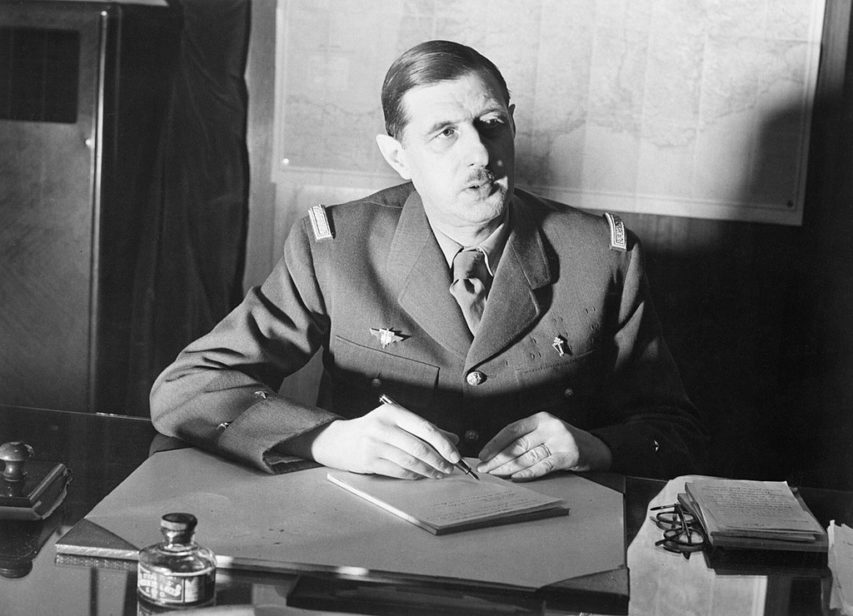I was too young to know anything about Rubin “Hurricane” Carter except what I “learned” from listening to Bob Dylan’s “Hurricane” long after the events. In Quillette, Lona Manning recounts the story, which doesn’t agree with Dylan’s interpretation (but Dylan was far from the only journalist or celebrity to be fooled):
How many people who followed the BBC Radio 4 podcast series about Rubin “Hurricane” Carter were startled — or even outraged — when Carter was not triumphantly vindicated in the final episode?
In the small hours of June 17, 1966, two black men walked into a late-night Bar and Grill in Paterson, New Jersey and opened fire on the occupants. They left bartender James Oliver and patron Fred Nauyoks dead at the scene and mortally wounded a woman named Hazel Tanis, who would succumb to her injuries a month later. Another customer named Willie Marins lost an eye in the shooting but survived. Neighbors Patty Valentine and Ronald Ruggiero told police that they had seen two black males flee the scene in a white vehicle. This testimony was corroborated by petty thief Alfred Bello who walked past the dead and the dying to empty the cash register after the shooters had fled.
Half an hour later, Paterson police stopped middleweight boxer Rubin Carter and his companion John Artis in a car bearing out-of-state plates that matched the eyewitnesses’ description. A search of the car yielded a .32 and a 12 gauge shotgun, the weapons police later determined had been used in the shooting. Carter and Artis were eventually indicted by a grand jury and convicted of the Lafayette murders in 1967. Carter vehemently protested his innocence and his case became a cause célèbre after his 1975 autobiography found its way into the hands of Bob Dylan. Carter was retried in 1976, after the New Jersey Supreme Court ruled that the first conviction had been unsafe. Despite support from Dylan, Muhammad Ali and the New York Times, the two were convicted again. John Artis was paroled in 1981, and Carter was finally released in 1985 after the second conviction was overturned and prosecutors declined to try him a third time.
Sports reporters Joel Hammer and Steve Crossman spent 18 months researching and reinvestigating the case and promised listeners of the BBC’s podcast that they would provide the “full” and “true” story. Their in-depth look at the crime provides far more detail about the murders than can be gleaned from Bob Dylan’s 1975 protest song or the hagiographic 1999 Norman Jewison film starring Denzel Washington. Dylan accused the prosecution team of framing Carter for the slayings and called them “criminals in their coats and their ties” who were “free to drink martinis and watch the sun rise.” Crossman and Hammer are likewise very critical of the prosecution; for example, they think that Alfred Bello should never have been allowed to testify. How could the life of such a man, be in the palm of some fool’s hand? And they argue that the prosecution ignored — or perhaps even suppressed — an investigation into a very plausible suspect, Eddie Rawls (who is now deceased). But they stop short of calling it a frame-up and an attempt at judicial murder.
On the other hand, Crossman and Hammer think the “racial revenge motive” was a reasonable one. The very first newspaper accounts of the slaughter at the Lafayette Grill included the speculation that the murders were committed in revenge for the slaying, earlier that night, of black bartender Roy Holloway and this would also be the prosecution’s contention. That Crossman and Hammer now accept the plausibility of this theory is a significant concession to the prosecution’s version of events, not least because it was Judge Lee Sarokin’s rejection of this motive which led him to overturn the second conviction—the prosecution’s case, he ruled, had been based on “racism rather than reason.”
Coincidentally, on the front page of the East Bergen Record, under the murder story, there was a wire service article about Stokely Carmichael proclaiming “Black Power” at a rally in Mississippi, an event which marked the transition from the peaceful civil rights tactics of Dr. Martin Luther King to the radical activism of the Black Panthers. These two articles encapsulated all the elements of the Lafayette Grill case that continue to be debated over 50 years later. Why did someone walk into a working-class bar and slaughter the occupants? Was the black community in Paterson in a ferment that night because a white man blew off Holloway’s head with a shotgun? And what, if anything, did this have to do with the state of race relations in America at the time?






